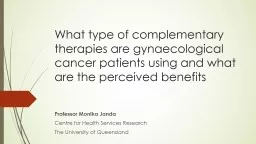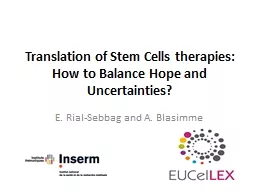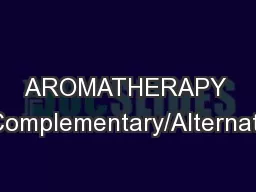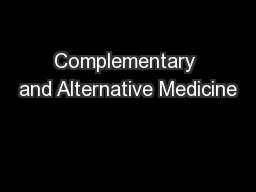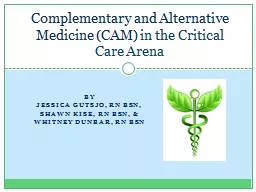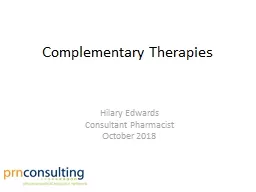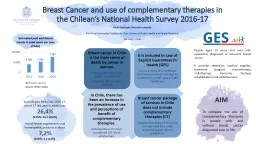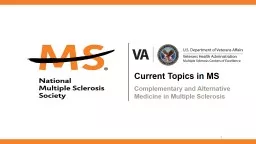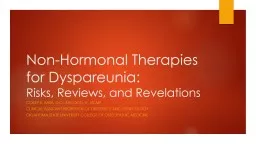PPT-What type of complementary therapies are
Author : tawny-fly | Published Date : 2018-11-10
gynaecological cancer patients using and what are the perceived benefits Professor Monika Janda Centre for Health Services Research The University of Queensland
Presentation Embed Code
Download Presentation
Download Presentation The PPT/PDF document "What type of complementary therapies are" is the property of its rightful owner. Permission is granted to download and print the materials on this website for personal, non-commercial use only, and to display it on your personal computer provided you do not modify the materials and that you retain all copyright notices contained in the materials. By downloading content from our website, you accept the terms of this agreement.
What type of complementary therapies are: Transcript
Download Rules Of Document
"What type of complementary therapies are"The content belongs to its owner. You may download and print it for personal use, without modification, and keep all copyright notices. By downloading, you agree to these terms.
Related Documents

